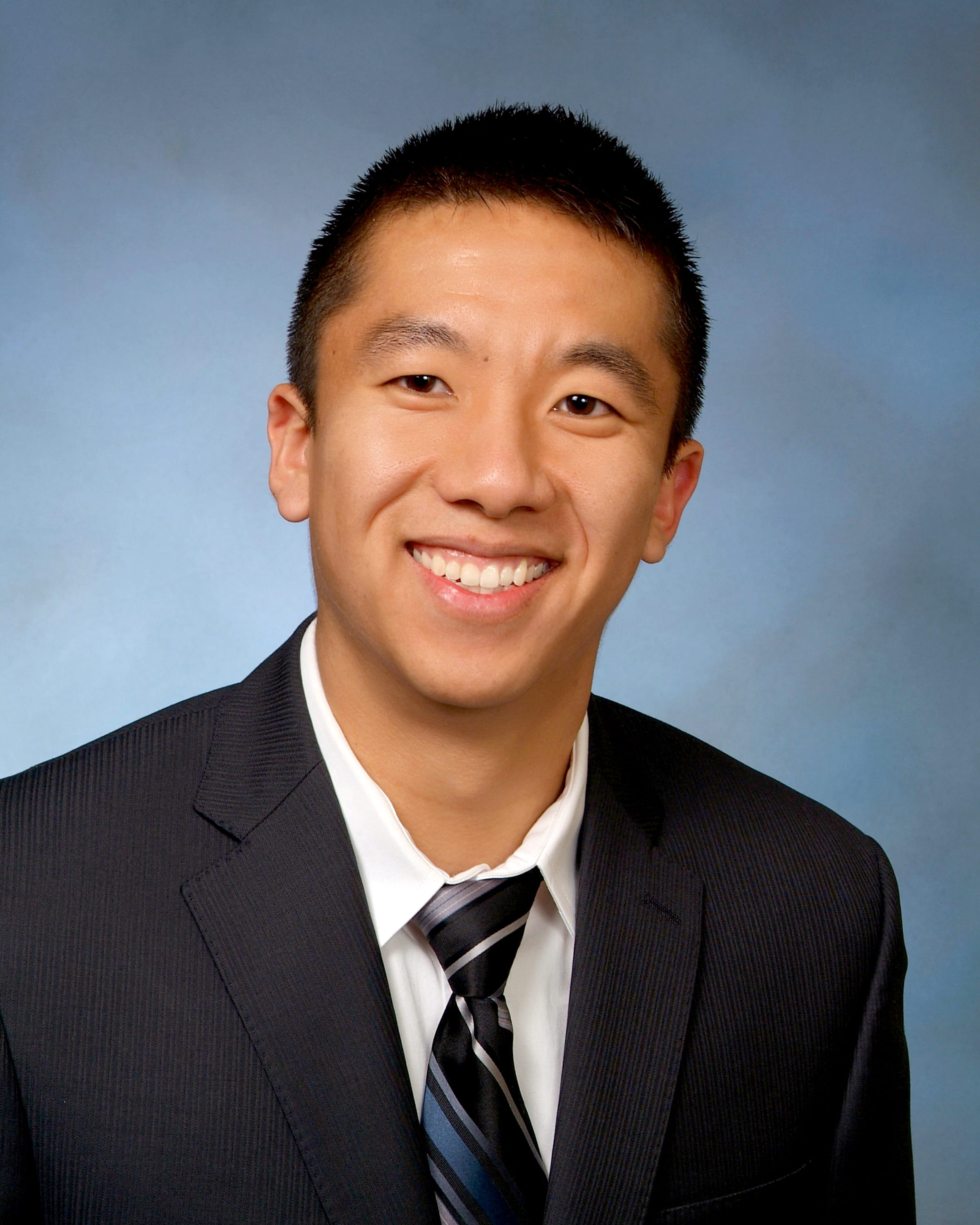
Get Education Credits
Get certified. Our AMA PRA CAT-1 CEUs/CMEs are accepted by organizations like AMA, AAFP, AANP, AAPA, ANCC, etc
Sign up for free access
Access our 800+ comprehensive videos covering all medical topics.
Sign UpAbout This Video
Videos in this module - view all
Surgery
Dr. Tim Wang presents the following topics on distal radial fracture:
Anatomy and Mechanism of Injury
Clinical Evaluation
Diagnostic Workup
Acute Management
Prognosis and Return to Sport
Physical Medicine and Rehabilitation
Dr. Tim Wang presents: Evaluation of the cervical and lumbar pathologies. Sources of the pain. History taking Strains and Sprains Examination Disc Herniation Disc Degeneration Neck pain Spurling's test Straight leg raise test Hoffman Shoulder exam Clinical Presentation Radiculopathy vs myelopathy Imaging
•Anatomy of the cervical, thoracic, lumbar and sacral spine including bones/joints, muscles, ligaments, spinal nerves and vasculature •Discuss the normal curvature of the spine, and identify scoliosis, kyphosis and lordosis •Identify the risk factors for a vertebral compression fracture •Differentiate spondylosis, spondylolysis and spondylolisthesis •Cite strong indicators for immediate imaging of the lumbar spine. •Acute lumbar/cervical sprain •Disc herniation •Facet arthritis/posterior element disease •Degenerative disc disease •Spinal stenosis •Cauda equina syndrome Ankylosing spondylitis
•Anatomy of the cervical, thoracic, lumbar and sacral spine including bones/joints, muscles, ligaments, spinal nerves and vasculature •Discuss the normal curvature of the spine, and identify scoliosis, kyphosis and lordosis •Identify the risk factors for a vertebral compression fracture •Differentiate spondylosis, spondylolysis and spondylolisthesis •Cite strong indicators for immediate imaging of the lumbar spine. •Acute lumbar/cervical sprain •Disc herniation •Facet arthritis/posterior element disease •Degenerative disc disease •Spinal stenosis •Cauda equina syndrome Ankylosing spondylitis
Arthritis can take many forms in clinical medicine, with Osteoarthritis being one of the most common forms. This lecture by Dr. Zaafran explores the causes of Osteoarthritis and how it is diagnosed versus other medical conditions.
This talk presents the anatomy of the spine with following topics: The function of the spinal column. Parts of the spinal column. Number of the cervical, thoracic, lumbar, sacral, and coccygeal vertebrae. Anatomy of a vertebra. Parts of the vertebra including the processes and articular surfaces. Clinically important joints of the spinal column. A discussion of the facet joint, its pathologies, and management. Presentation of the intervertebral disc structure. A high level overview of the cervical spinal ligaments.
In this anatomy lecture, Drbeen faculty, Dr. Adam Jones discusses the basic structure of the skull.
The following structural elements are presented and discussed:
1. Cranium
2. Facial skeleton
3. Frontal bone
4. Parietal bone
5. Temporal bone
6. Sphenoid bone
7. Coronal suture
8. Sagittal suture
9. Occipital bone
10. Foramen Magnum
11. Styloid process
12. Mastoid process
13. External occipital protuberance
14. External auditory meatus
15. Occipital condyles
16. Zygomatic arch
17. Zygomatic bone
18. Maxilla bone
19. Mandible
20. Lacrimal bone
21. Petrous part of the temporal bone
22. Squamous part of the temporal bone
23. Lamboid suture
24. Nasal septum
25. Nasal bone
In this anatomy lecture, Drbeen faculty, Dr. Adam Jones discusses the structure of the Spine, Vertebrae, and Ligaments. Dr. Jones explains the following:
1. Cervical
2. Thoracic
3. Lumbar
4. Spinous process
5. Sacrum
6. Coccyx
7. Vertebral body
8. Transverse process
9. Vertebral canal
10. Vertebral foramen
11. Spinal cord
12. Intervertebral Foramen
13. Kyphosis
14. Scoliosis
15. Lordosis
16. Cauda Equina
17. Nerve roots
18. Interspinous ligament
19. Ligamentum nuchae
20. Supraspinous ligament
21. Ligamentum flavum
22. Anterior Longitudinal Ligament
23. Posterior Longitudinal Ligament
24. Lumbar puncture
In this webinar, Dr. Mobeen Syed discusses a critically important topic for the neurology students and providers. The sensory receptors in the skin. He discusses
- Mechanoreceptors
- Thermoreceptors
- Nociceptors
- Chemoreceptors
- Electromagnetic receptors
The following concepts are discussed in detail:
- Differential sensitivity
- Modality
- Labeled line principle
These somatic sensory receptor types are presented:
- Free nerve endings
- Expanded tip receptors
- Merkel's discs
- Ruffini's corpuscles
- Hair receptors
- Meisner's corpuscles
- Pacinian corpuscles
The type of sensation and speed of transmission are discussed.
Receptor's operating model is discussed. The following concepts are presented:
- Tonic receptors and their operating model.
- Phasic receptors and their operating model.
Signal transduction is discussed. The model to relay the intensity of the sense is discussed as well.
Instructor

Tim Wang, MD
Tim Wang, M.D., graduated from Northwestern University Feinberg School of Medicine in Chicago and completed residency training in Orthopaedic Surgery at Stanford University Medical Center. He is currently pursuing further specialization in Orthopaedic Sports Medicine at the renowned Hospital for Special Surgery in New York City. Dr. Wang is a leader in Musculoskeletal Digital Education, having previously collaborated with two other startups innovating in online teaching.
